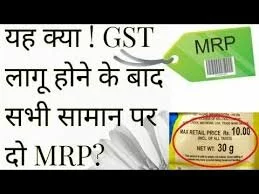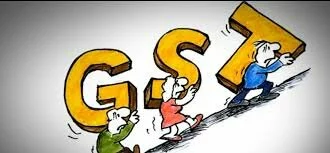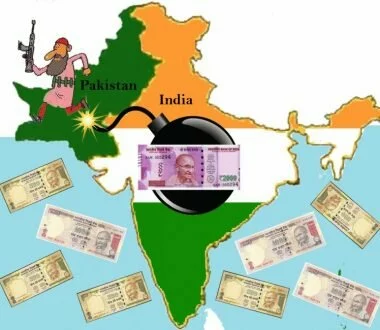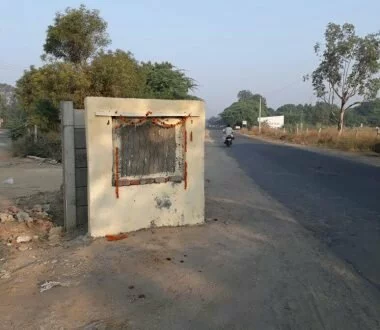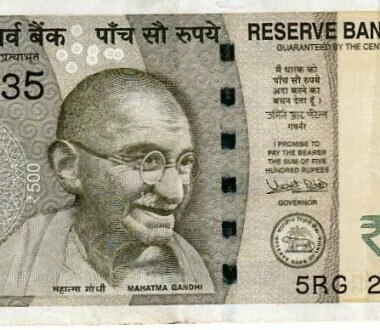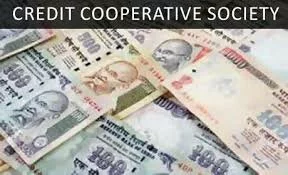Income Declaration Scheme – Effective Tax Rate More Than 45%?

Manish Mewara from Jaipur : Recently an online Book of CA. K.C.Moondra on Income Declaration Scheme, 2016 has been published. As per Chapter 7B of this book, in all cases of declaration of assets, effective tax rate is more than 45%. Contents of that chapter are being reproduced here under for the ready reference of all the readers-
From the very begining, doubts have been raised about of successfulness of the Income Declaration Scheme, 2016. Main reason of doubt is ‘very high tax rate’ of 45%. In the previous chapter, we analyzed how the lower tax rate is expected and calculated. Contrary to that lower 31% tax rate, some experts including the authors anticipate tax rate of more than 45% in some cases particularly in cases of disclosures of Assets (Other than Cash & Bank Balances).
To understand the issue, we should first understand that there will be three types of disclosures generally –
- Disclosure Of undisclosed Income relevant to particular Assessment Year.
- Disclosure of undisclosed Cash & Bank Balances in hand as Income.
- Disclosure of undisclosed properties / assets acquired out of undisclosed income (Black Money).
There is no dispute / controversy as regards to first two types i.e. ‘Disclosure Of undisclosed Income relevant to particular Assessment Year’ and ‘Disclosure of undisclosed Cash & Bank Balances in hand’ as Income. But the position of Disclosure of undisclosed properties / assets acquired out of undisclosed income is quite different. This true controversy has been created by interpretation in different manner due to provisions of valuation of Assets as on 01.06.2016.
To better understand the issue, we would like draw attentions of all the readers / tax payers towards the FAQ No. 1 of departmental Circular-cum-FAQ No. 17 of 2016 dated 20.05.2016 and FAQ No. 10 of departmental Circular-cum-FAQ No. 25 of 2016 dated 30.06.2016 which are being repruduced here under –
Question No. 1: Where an undisclosed income in the form of investment in asset is declared under the Scheme and tax, surcharge and penalty is paid on the fair market value of the asset as on 01.06.2016, then will the declarant be liable for capital gains on sale of such asset in the future? If yes, then how will the capital gains in such case be computed?
Answer: Yes, the declarant will be liable for capital gains under the Income-tax Act on sale of such asset in future. As per the current provisions of the Income-tax Act, the capital gains is computed by deducting cost of acquisition from the sale price. However, since the asset will be taxed at its fair market value the cost of acquisition for the purpose of Capital Gains shall be the fair market value as on 01.06.2016 and the period of holding shall start from the said date (i.e. the date of determination of fair market value for the purposes of the Scheme) – Circular-cum-FAQ No. 17 of 2016 dated 20.05.2016
Question No. 10: In a case the declarant earned undisclosed income of Rs. 90 lakh in previous year 2010-11. Out of the same, he acquired an immovable property in the previous year 2011-12 for Rs.50 lakh, made personal expenditure to the extent of Rs.20 lakh and balance Rs.20 lakh is left with him as cash in hand on 01.06.2016. The fair market value of the immovable property as on 01.06.2016 is Rs. 80 lakh. What is the amount to be declared under the Scheme?
Answer: The declarant in this case has to declare the following:
Rs. 80 lakh being fair market value of the immovable property as on 01.06.2016
Rs. 20 lakh being the cash in hand as on 01.06.2016
Rs. 20 lakh being the balance of undisclosed income [Rs. 90 lakh – (Rs.50 lakh + Rs. 20 lakh)] which is not represented in the form of investment in any asset.
Thus the total undisclosed income to be declared in this case will be Rs. 1.20 crore as per Circular-cum-FAQ No. 25 of 2016 dated 30.06.2016.
Conclusion and Comments :
It is clear from above mentioned FAQ No. 10 that the declarant earned only Rs. 90.00 Lacs for which he will have to pay tax @ 45% on Rs. 1.20 Crore i.e. 54.00 Lacs which becomes 60% of earned income Rs. 90.00 Lacs. Here in this example cited by the Government, effective tax rate on income comes to 60%.
Now, take the example that the declarant invested entire income of Rs. 90.00 Lacs in property whose market value as on 01.06.2016 is Rs. 1.44 Crores. In these circumstances, declarant will have to pay tax @ 45% on 1.44 Crores i.e. 64.80 Lacs which becomes 72% of earned income Rs. 90.00 Lacs. Here in this second example cited by the authors, effective tax rate on income comes to 72% which is quite higher than the 45% due to imaginary profit of 54.00 Lacs ( Rs. 1.44 – 90.00 Lacs).
Contrary to above, suppose declarant earned Rs. 90.00 Lacs in the year 2014-15 and invested entire Rs. 90.00 Lacs in a property. Due to recession, market value of property as on 01.06.2016 is only Rs. 60.00. In this case, undisclosed income will be treated Rs. 90.00 Lacs for A.Y. 2015-16 for which tax will be paid for Rs. 40.50 Lacs (@ 45% on 90.00 Lacs). This effective rate over the market rate comes to 67.50% due to double standard / policy of the Government .
In general and as per prevailing tax system in India, income-tax is always levied on the income or accrued income and particularly, capital gain on unsold property was never taxed merely on the basis of market value. Even in case of business also, stocks are generaly valued at ‘Cost or Market Value which ever is lower’. Finance Minister’s this theory ‘Cost or Market Value which ever is higher’ has reversed all the settled principles / concepts / theories. However, on the basis of such provisions, Modi Government can take credit that Modi Govt. is totally against Business Community but black money of business community only. Therefore, present taxation system over imaginary income is very harsh which will get the least (negligible) acceptability by the Indian Tax Payers.
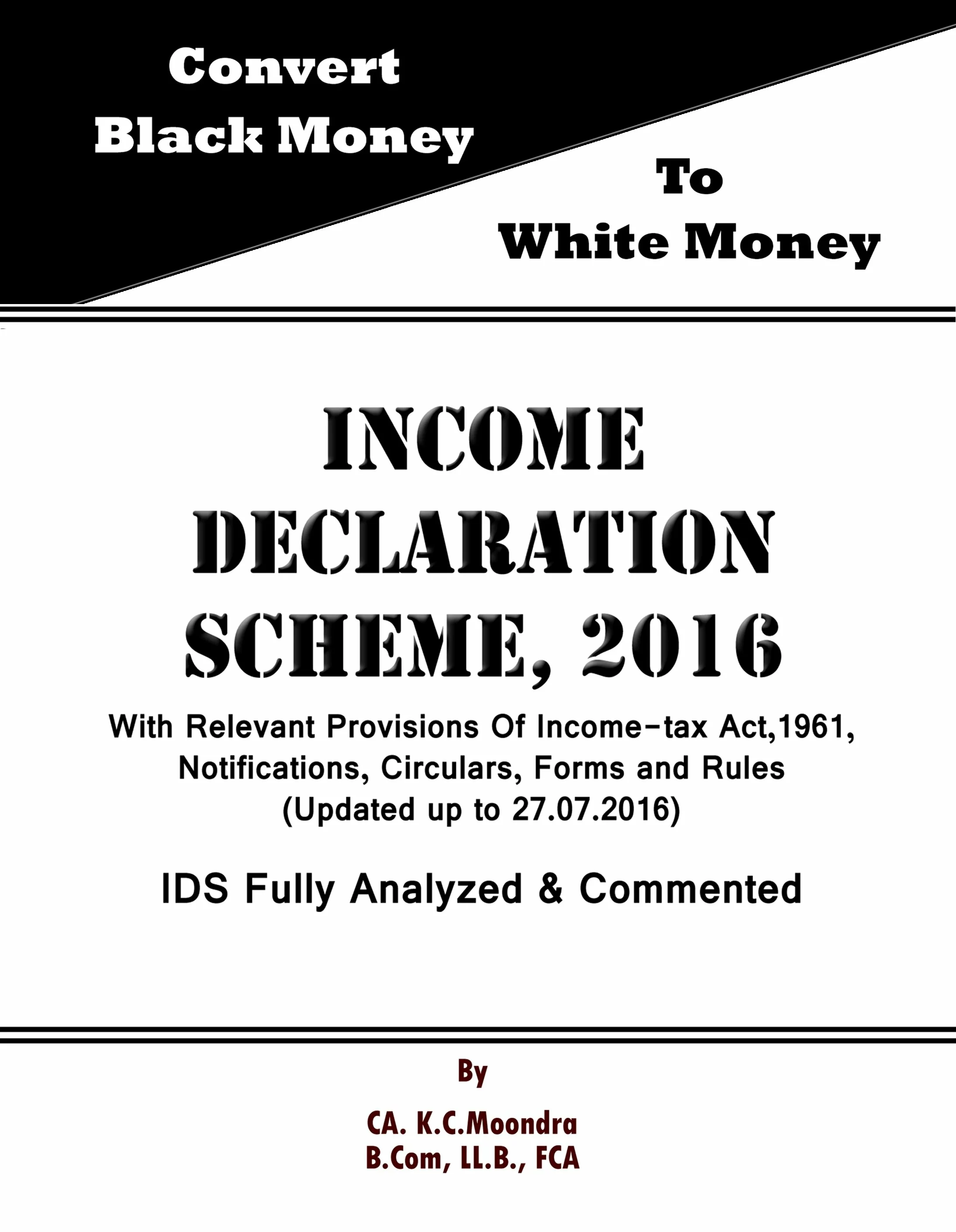
Related Post


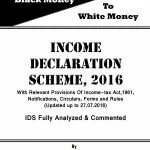

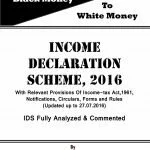
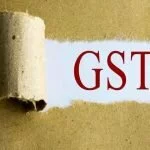
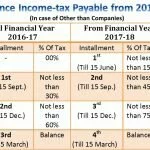

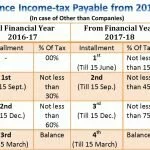

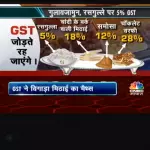
 घटिया ड्राफ्टिंग, अस्पष्टता तथा भ्रमो से भरपूर है आय घोषणा स्कीम, 2016
घटिया ड्राफ्टिंग, अस्पष्टता तथा भ्रमो से भरपूर है आय घोषणा स्कीम, 2016


